I arrived in Beijing, the capital of China, during the most pleasant time of year; when the intense cold gives way to the cool, damp freshness of spring. It's a season of flourishing trees and blooming flowers. The streets are alive with colorful blossoms unfolding; springtime in full bloom.
Beijing is one of the world's most ancient cities with a long history. It is the main center of China's political, cultural, and educational spheres. It's one place where the ancient heritage of China and modern developmental advancements are most beautifully visible.
Among its many historical landmarks are the "Forbidden City" - China’s former imperial palace, "Tiananmen Square" - one of the world’s largest public squares, the "Temple of Heaven" - once a site of imperial worship, and the Great Wall of China which is considered one of the wonders of the world. Modern structures like the Olympic Bird's Nest Stadium and CCTV Headquarters are also symbols of this city.
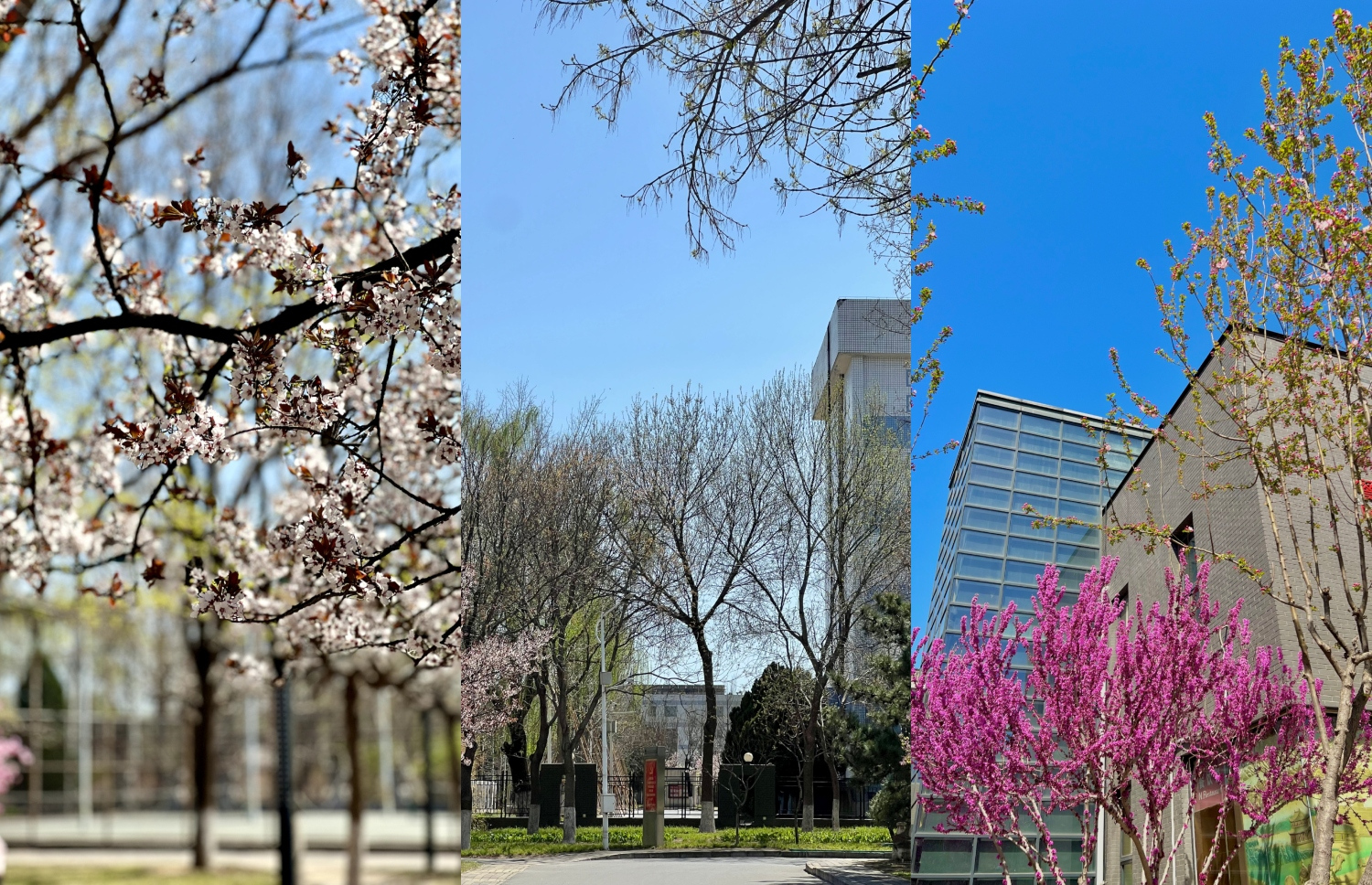
More than these sites, what captured our hearts was their hospitality. The closeness they maintained.
Especially, when they learn that we are from the Maldives, the joy visible on their faces becomes even greater.
During this trip, a Chinese friend said: "To Chinese people, the Maldives is paradise. The blue seas and white sandy beaches of Maldives are very famous here. Since many people here have never seen the ocean and sea with their own eyes, going to Maldives to escape this busy life and relax is a dream for many people."
Perhaps this is why China consistently tops the list of countries sending the most tourists to Maldives.
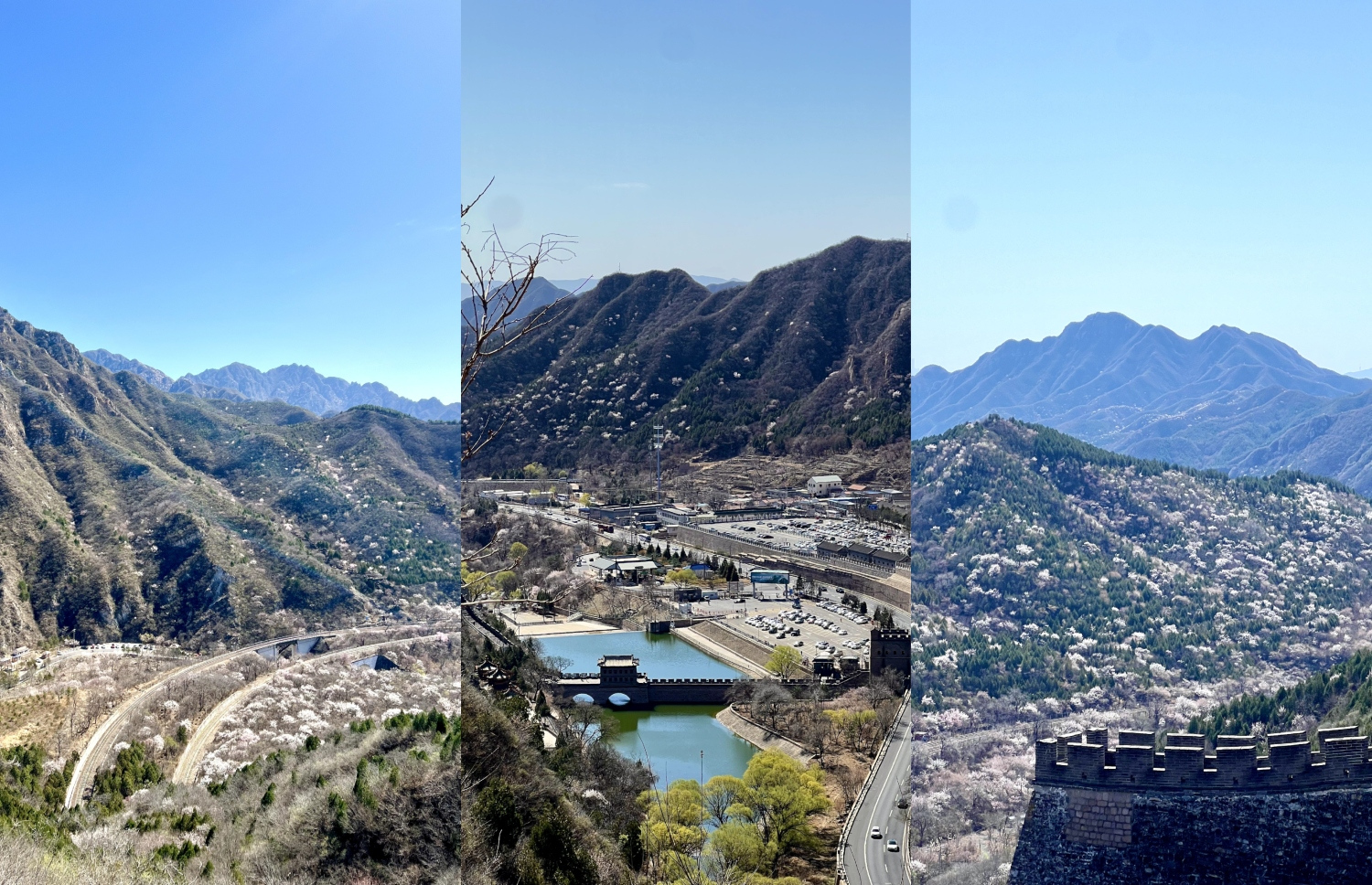
Standing on the Great Wall, a Treat for the Eyes
Along the mountains of northern China stretches this Great Wall, extending beyond sight, which is these people's greatest pride. This is an ancient structure that amazes the entire world. Every day, many people visit to see this wondrous structure. Today, I was one of them.
On a chilly day, step by step, I climbed higher and higher. When the fatigue kicked in, I thought I had covered great distance. But I later discovered I had walked only about five kilometers of the Wall’s 21,000-kilometer span.
Such a mighty structure could only have been built with tremendous determination.
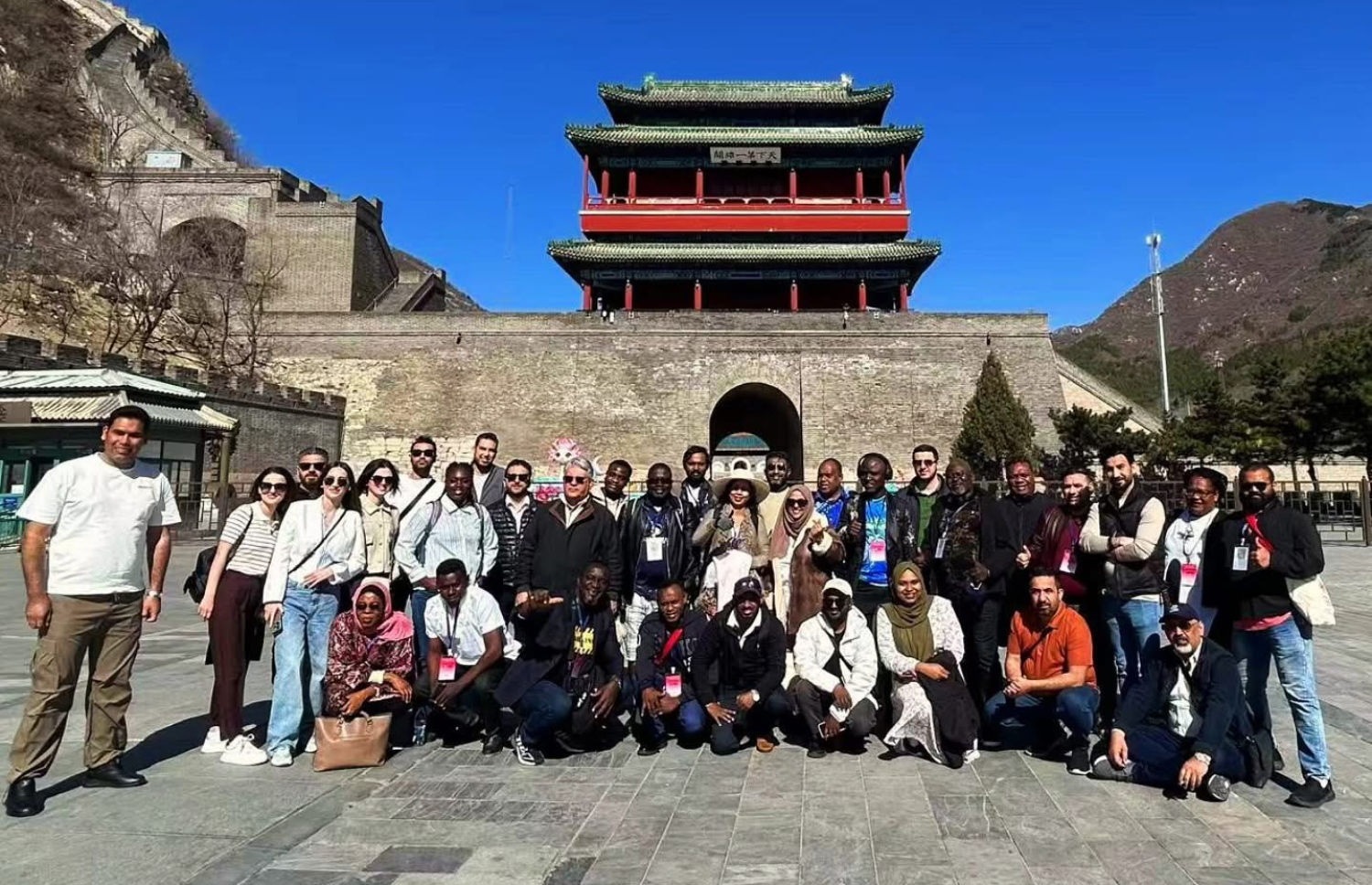
Spring had brought a fresh coat of greenery to the landscape. The surrounding hills sparkled with the colors of blooming flowers. In that moment, even my exhaustion faded.
The Belt and Road Initiative (BRI) press tour includes more than 30 journalists from countries participating in the initiative. After Beijing, our second destination is Chongqing, one of China's most famous cities. The Belt and Road Initiative is a program run by the Chinese government to connect countries in Asia, Africa, and Europe by land and sea routes, strengthen regional relations, expand trade connections, and promote economic growth.
During this trip, we were told many stories about China's history, modern development, and daily life. We were also given the opportunity to experience it firsthand.
The urban development and technological advancements that China has achieved are unprecedented anywhere else in the world. The massive buildings and modernized roads were astonishing to see. In this country, you no longer need cash, cards, or even phones to make payments. You can simply scan your palm to complete a transaction. The basics of everyday life are that convenient.
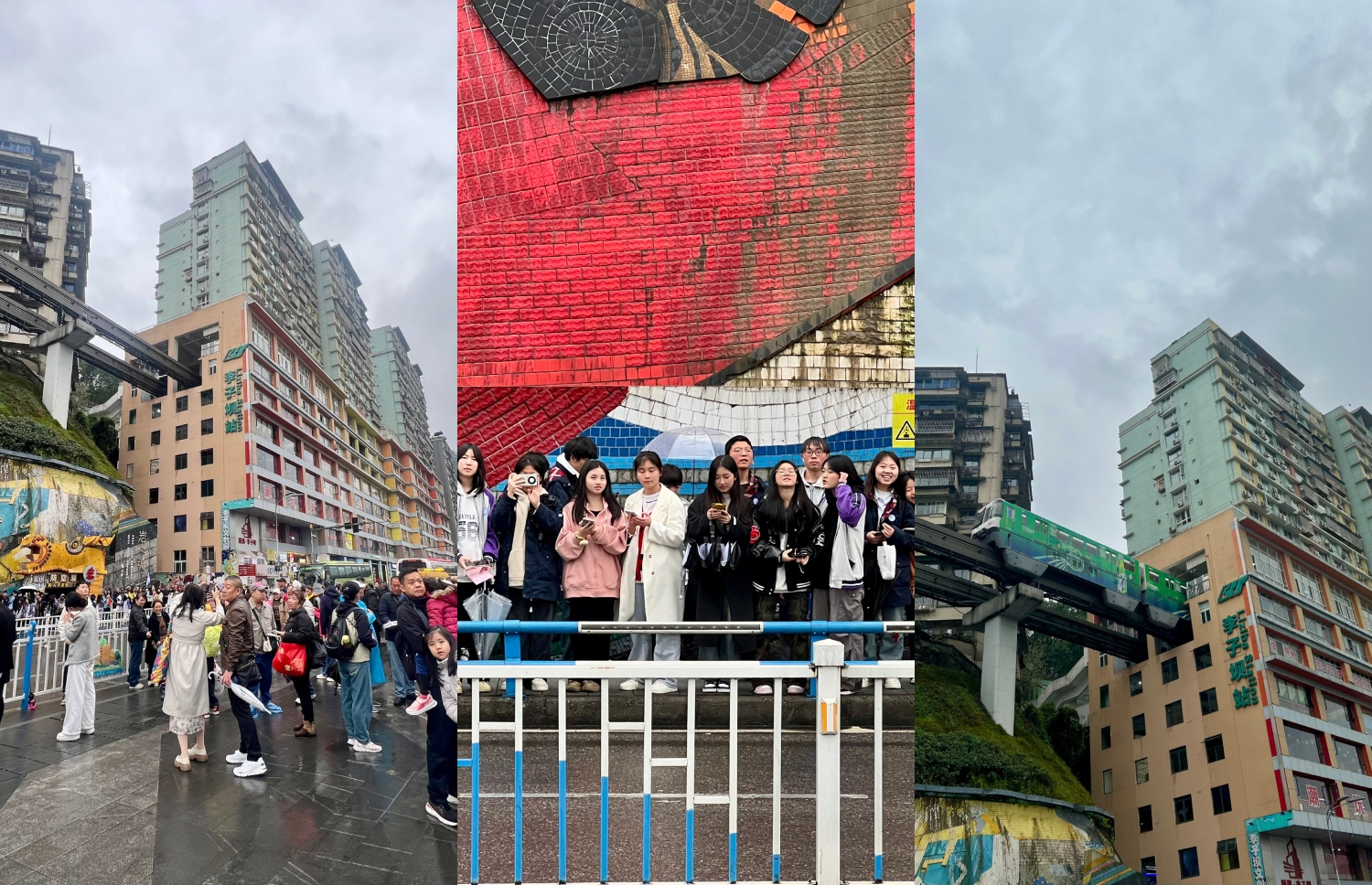
We also observed many examples of what could be called a model country in creating an inclusive society that leaves no one behind. Would you believe there's a special cinema for people with visual impairments?
There Is No True Ground Level
In Chongqing, we went up to the 22nd floor of a building and stepped out onto an open square. From one side of this square, we exited onto a road used for public transportation. But this wasn't actually ground level. Going to another side of the square, we realized we were on the fourth floor from that perspective.
This mountainous city, located 1,700 kilometers from Beijing at the confluence of the Yangtze and Jialing rivers, has no single “ground level.” This unique layout has earned it the nickname “Mountain City.”
In some areas, streets lie higher than high-rises, and some buildings are accessible only by stairs, escalators, or cable cars. You may enter a building from the ground floor on one side and exit on the 20th floor from the other.
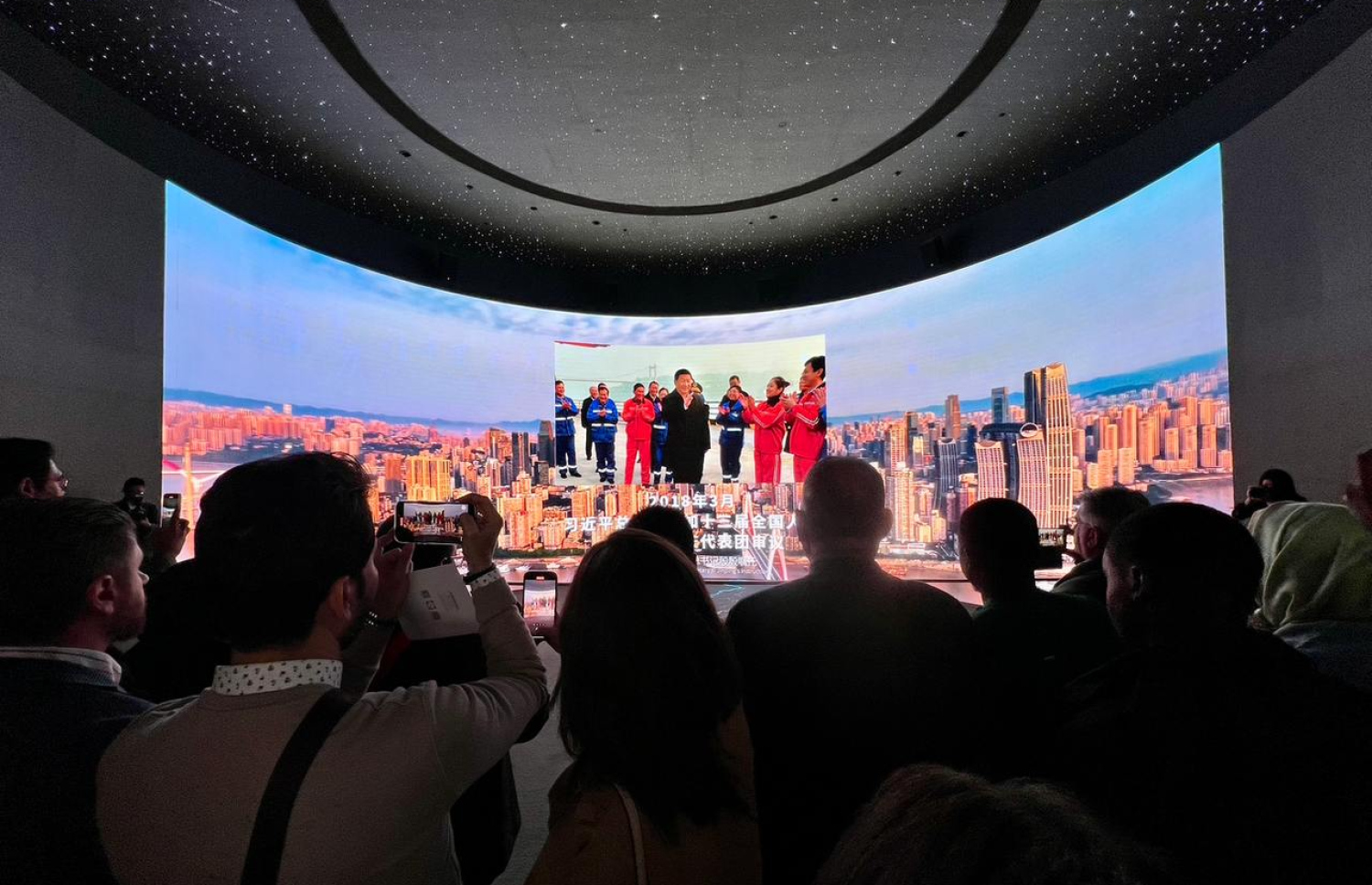
In Chinese, "Chongqing" means double happiness. Anyone who visits this city will inevitably experience double happiness due to its special characteristics and lifestyle, said Fiona who has been working as a tour guide in Chongqing for about twenty years.
As Fiona explained, the city was named Chongqing in the 12th century, in connection with Emperor Guangzong who ruled the city during that time. Before he ascended to the throne, he was given a very prestigious title. Later, when he became emperor, the city received "double happiness" and was thus named "Chongqing."
City of Lights, Trains, and Spices
One of the most striking sights in Chongqing is Hongya Cave, perched on a mountainside overlooking the Jialing River. Built in traditional Chinese architectural style, it houses restaurants and shops, offering views of the city's dazzling skyline. At night, the entire area lights up beautifully.
You may have seen videos of a train passing through a residential building. Well, we've arrived at that place now. That’s Liziba Monorail Station, where the train travels between the sixth and eighth floors of an apartment block. According to Fiona, this area is always crowded with people who come to witness this scene.
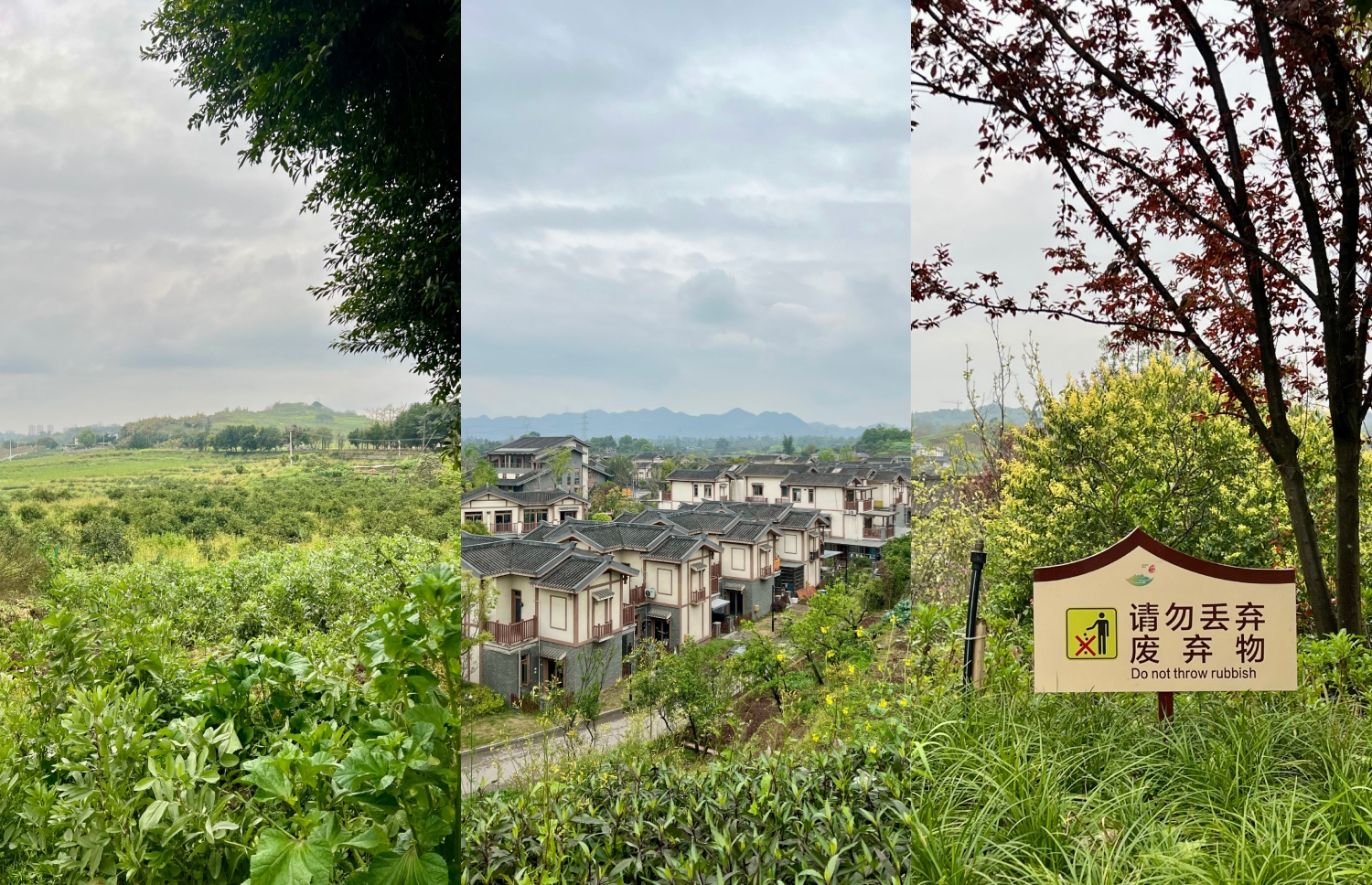
Besides urban development, this city is famous for many other things as well. Especially its food. Chongqing's famous spicy hot pot and noodles are absolutely to die for if you love this type of food.
While we didn’t get to try the hot pot this time, we did enjoy the noodles. Since restaurants in both Chongqing and Beijing have signs indicating the availability of halal food, finding suitable food for us wasn't particularly difficult.
The Chongqing International Logistics Hub Park, which is connected to the region's economy, is an important component of the Chinese government's BRI initiative. It's a marvel of China's urban development.
This is the main hub of a large network that transports goods between China and Europe via rail containers by land. These trains, which cross six countries, represent a revolutionary change that has shortened delivery time from over a month by sea to just two weeks.
This hub contains container terminals, modern railway logistics centers, bonded warehouse facilities, special cold chain logistics centers, as well as areas dedicated to e-commerce businesses. Its comprehensive infrastructure has attracted significant foreign interest and greatly boosted regional economic growth.
A Different Side of China
Generally, what we see is the crowded life of China with its population of over a billion; however, our final destination brought us to a quieter, more peaceful part of China. The countryside of Chongqing. Far from the urban sprawl, we visited "Heroes Bay" in Yingxiong Wan Village.
Arriving here gave me the same feeling of contentment as when I leave Male' and visit an island in the atolls. There are no busy, large roads. No hustle and bustle. No tall, imposing buildings. It's surrounded by greenery and trees. A peaceful lifestyle.
According to Fiona, despite being far from the city, all basic services are available here as well. Most people here earn their living through agriculture. They grow various types of fruit trees such as oranges, apples, and mandarins. Those who aren't involved in agriculture work at a nearby motor factory or are self-employed in some way.
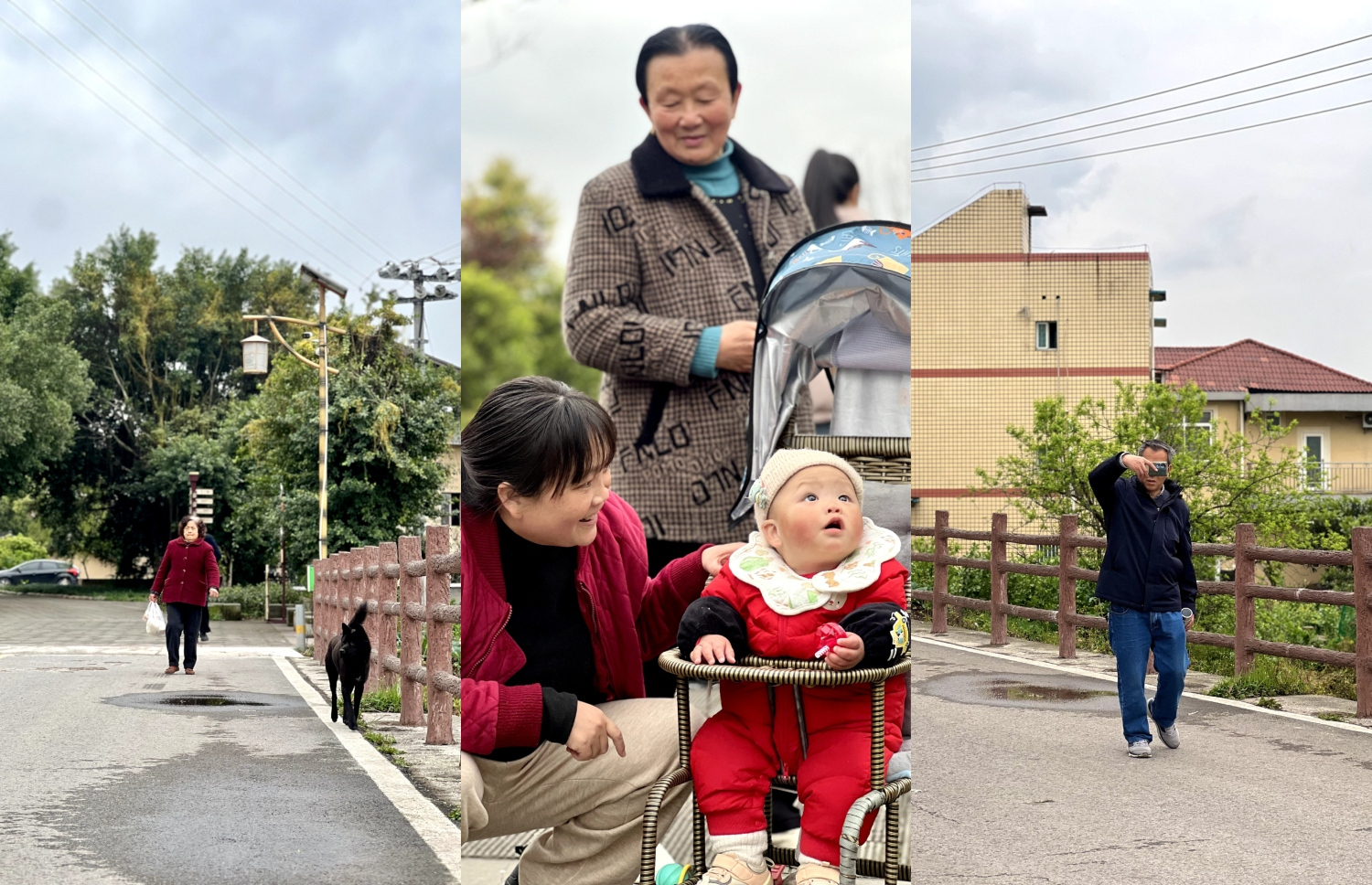
While many young people leave for opportunities in the city, the government is actively working to make rural life sustainable. By providing services and economic support, they hope to keep villages like this thriving.
As our two-week journey to China came to an end, we saw a country advancing with modern innovations while maintaining respect for its history and heritage. From Beijing's Forbidden City to Chongqing's Liziba Station, we witnessed many amazing things.
Massive bridges, efficient transport, and cutting-edge technology are now part of daily existence. And the warm, welcoming nature of the people made the experience all the more meaningful.
This is a model country where the benefits of nation-building under a far-sighted policy reach the general public.